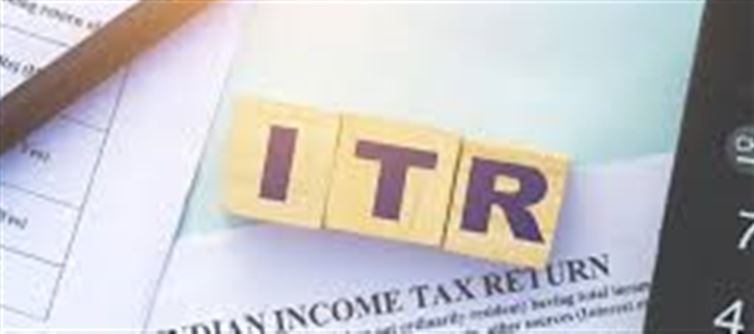
Filing your Income Tax Return (ITR) can get tricky when your dividend income figures in your bank account don’t match those in the Annual Information Statement (AIS) or Taxpayer Information Summary (TIS). Here is a detailed breakdown of why this happens and how to handle it like a pro.
1. Why Do Dividend Amounts Differ?
- Bank Statement: Shows only the net dividend – the amount credited to your account after Tax Deducted at Source (TDS).
- AIS/TIS: Reflects the gross dividend – the total income earned before any TDS deduction – and may also display the net amount separately.
- Reason for Mismatch: Companies deduct TDS before crediting dividends, leading to differences between the bank entry and the official income records.
2. Which Amount Should You Report in Your ITR?
- Always report the gross dividend income – the full amount earned before TDS.
- This ensures compliance with income tax rules and avoids underreporting income.
- Example: If you receive ₹9,000 in your bank and ₹1,000 TDS is deducted, you must report ₹10,000 as income in your ITR and claim ₹1,000 as TDS credit.
3. Importance of Cross-Verification
- Mismatches can lead to ITR processing delays, tax notices, or incorrect tax liability.
- Always compare details in your bank statement, AIS, TIS, and Form 26AS.
- The goal is to ensure that the dividend figures are correctly aligned across all documents before filing.
4. Claiming TDS Credit the Right Way
- After reporting the gross dividend, claim the TDS amount shown in Form 26AS or TIS.
- This credit helps adjust your total tax liability and prevents double taxation.
- Missing this step may result in paying extra tax unnecessarily.
5. What If There’s a Mismatch in AIS?
- Use the feedback feature on the AIS portal to correct discrepancies.
- You can provide clarification for a single transaction or multiple entries at once.
- This step ensures that the Income Tax Department updates your records and prevents future disputes.
6. Benefits of Accurate Dividend Reporting
- Helps maintain tax compliance and avoid penalties.
- Ensures timely refunds without additional scrutiny from the Income Tax Department.
- Boosts financial confidence as your ITR reflects the correct income and tax credits.
7. Key Takeaways for Taxpayers
- Report gross dividend income, not just net credit.
- Use Form 26AS/TIS to claim TDS credit accurately.
- Cross-verify bank statements, AIS, TIS, and 26AS to prevent discrepancies.
- Rectify mismatches promptly using the AIS feedback facility.
Final Word
Dividend income reporting may appear simple, but even minor mismatches can lead to complications. By disclosing gross income, claiming the right TDS credit, and reconciling data across all platforms, taxpayers can ensure a smooth and hassle-free ITR filing process in 2025.
Disclaimer: This content has been sourced and edited from Indiaherald. While we have made adjustments for clarity and presentation, the unique content material belongs to its respective authors and internet site. We do not claim possession of the content material..jpg)




 click and follow Indiaherald WhatsApp channel
click and follow Indiaherald WhatsApp channel